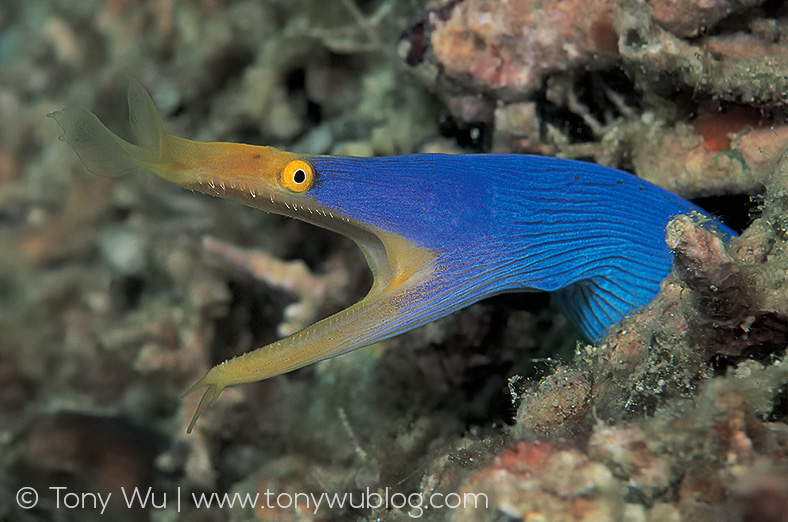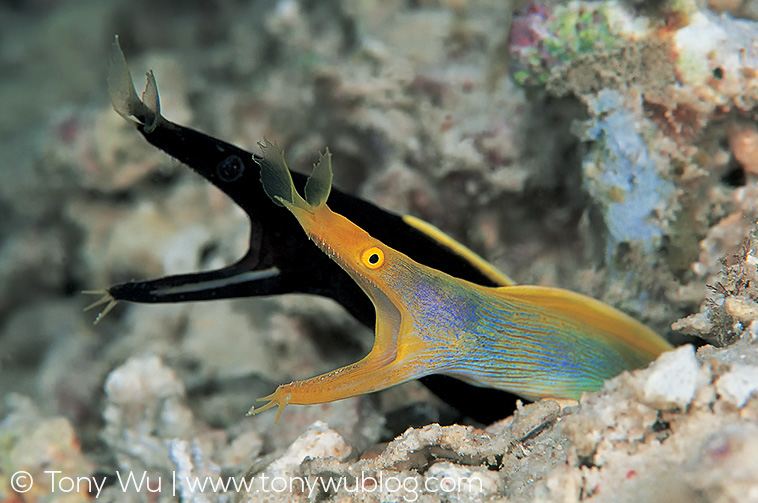Some time ago, I read Eels: An Exploration, from New Zealand to the Sargasso, of the World’s Most Mysterious Fish, an excellent book by James Prosek.
I’m not sure what possessed me to get the book, as I’d never really had any particular interest in eels, but I’m really glad that I did. Little did I realise just how fascinating eels are, and how endangered many species are, especially the ones used for unagi in Japan. (I no longer eat unagi.)
Some of the top eel researchers in the world are based in Japan, and after reading the book, I reached out to one of them…Dr Michael Miller, who is based at the Atmosphere and Ocean Research Institute affliliated with The University of Tokyo.

One thing led to another, and I ended up helping him collect, collate and process data for a paper about large muraenid leoptocephali. In normal-speak, that’s the juvenile stage of ribbon eels (Rhinomuraena quaesita), the kind we often see on reef dives throughout the Asia-Pacific region. (Or at least, that's what this paper proposes the large leptocephali are.)
My discussion with Dr Miller really took hold when I realised that a video of a strange, twisty-turny, semi-transparent animal taken in Ambon by Obata-san, a friend who visited Maluku Divers in 2010, might document an important, little-understood stage in the complex lifecycle of ribbon eels…the return of immature individuals from open ocean to the reef.

Dr Miller had been in contact with several other divers with video and/ or photos of similar animals, and he wanted to prepare a paper, so…with a bunch of emails, a lot of file exchanges, some obligatory confusion and due time for the peer review process, the paper has finally been published. Hurray!
If you want to read the paper, here is the PDF: Observations of large muraenid leptocephali in coastal Indonesia: locations of sightings and behaviour of the larvae. Or click over to see the original Cambridge University Press page.
I also helped put together an accompanying video with an amalgamation of video footage from several divers, embedded below and also viewable on a dedicated information page hosted by the Australian Museum.
It’s certainly nice to be able to cooperate and share information, skills and resources like this. I hope more divers and researchers will do the same. There is a lot that we see that researchers don’t, and there’s a lot that academics know that we don’t.
Playing nice seems like a no-brainer to me.